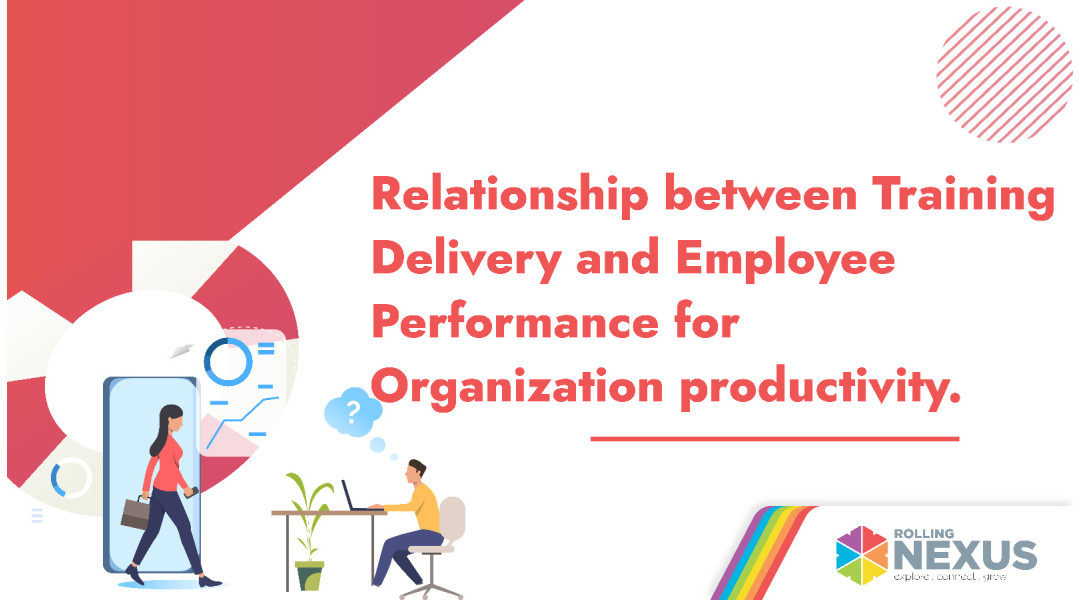

Every organization has different motives to fulfill. Some organizations may be profit-oriented, some may be service-oriented and some may be wealth-maximization oriented. To meet the specific objectives of any organization, there must be the participation of potential human resources. Human resources are hired per the requirements of the organizational criteria and their efforts play a pivotal role in organizational productivity.
One of the most important factors for organizational growth and productivity is human capital. Human capital can be referred to as the important assets to build up more assets and profit. Human resources are the ones who make it possible for the organization to reach its ultimate goals and objectives. And along with reaching the main objective, one of the ultimate goals of the organization is to manage human resources too. In this sense, human resources must have the capability to reach the highest level for profit maximization factor along with organizational growth and productivity.
In order to meet the targeted goals, human resources aka employees need to stay proactive and productive. And for the employees’ productivity, there is an essence of training delivery. To increase the employees’ productivity, the organization designs various strategies such as job and organization design, public relations, staffing, motivational campaigns, rewards, training and development, and many more. Among these many factors, training, and development has been proven as the most eloquent factor in the organization to attain maximum output and productivity.
In layman's terms, training in any organization refers to the plan or program specifically designed to enhance the work performance of human resources. Training delivery can range from specific job skills to highly long-term professional development programs for the performance upgrade. In the current scenario, training and development have been taken as the major corporate function that every organization needs to perform. It not only upgrades the employees’ performance but also reverses the turnover rate due to the training culture that human resources enjoy.
The training process gets introduced to the employees from the hiring process. Since the new-hire training, the employee gets interacted with the on-the-job experiential training. Along with that, within the time, the employee gets connected with different off-site workshops and seminars that enable the employee to interact with others, hone their skills, and present their inner capability to the fullest level.
With all the training deliveries, the Return on Investment (RoI) that the organization seeks from the employees and all the training expenses is the improved job performance of the employees along with improvement in organizational balance sheets and brand image too. For example, the results after such training may be an increment in the production units in the manufacturing company whereas the flabbergasting cash inflows for the banking industry.
Research has often proven that training and development play a crucial role in improving employee performance thus resulting in organizational productivity. The advantages of training delivery are enumerated below:
The employees get a chance to interact with each other and themselves too which helps them to build confidence and empowerment within themselves thus improving efficiency and caliber in them.
Human resources enjoy the work culture with various extra activities related to professional development. Training delivery helps human resources to enhance their job knowledge and abilities along with improving their attitude towards the work.
Training at the right time to the right person at the right place avoids poor performance. It saves time and costs for the organization and reduces duplication of work and time wasted on mistakes and bad performance.
It increases the self-esteem and satisfaction of the employees which helps them to focus on themselves and the goodwill of the organization.
As the employees can understand better with good training delivery, there will be minimum wastage and reworking methods which can save time and the organization can invest in other productive activities. Higher productivity means more emphasis on profit. Hence, training has been accepted as one of the most important business strategies in the modern world.
Coaching, mentoring, seminars, workshops, sessions, and professional development programs must be implemented in the organizations to make the human capital more diversified and knowledgeable as the skills-addition process. Transitional training has also been in the limelight where the needs assessment of a certain employee is done to search upon the current skill set of the employees and what needs to be done for the smooth transitioning of the employee to indulge in the deviated skill.
The organization can conduct several evaluation methods to realize the training benefits such as:
Pre-training assessments
Data mining
Post-training assessments
Engagement sessions
Employees’ genuine feedback on the training sessions on how receptive they were to the training
Peter Drucker (2005) explained productivity as “the balance between all factors of production that will give the greatest output for the smallest effort”.
In a nutshell, it can be said that training can be termed as a continuous and need-oriented process for any organization that serves the important function to enhance both employees’ and organizational productivity.